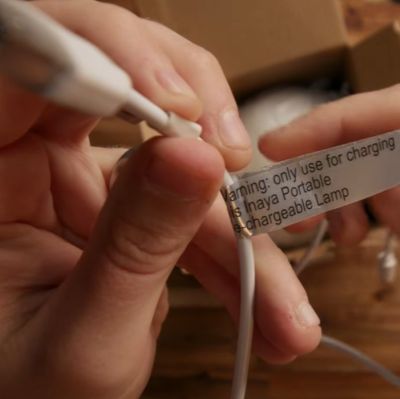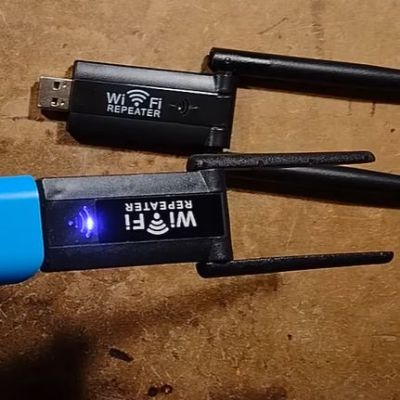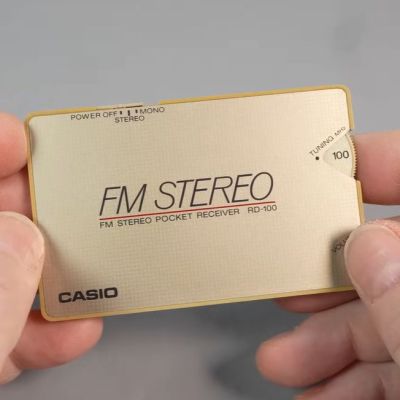Recently [Dillan Stock] bought a $17 ‘mushroom’ lamp from his local Kmart that listed ‘USB-C rechargeable’ as one of its features. Unfortunately while this is technically true, there’s a pretty major asterisk. This Inaya-branded lamp comes with a USB-C cable with a rather prominent label attached to it that tells you that this lamp requires that specific cable. After trying with a regular USB-C cable, [Dillan] indeed confirmed that the lamp does not charge from a standard USB-C cable. So he did what any reasonable person would do: he bought a second unit and set about to hacking it.

[Dillan] also dug more into what’s so unusual about this cable and the connector inside the lamp. As it turns out, while GND & VCC are connected as normal, the two data lines (D+, D-) are also connected to VCC. Presumably on the lamp side this is the expected configuration, while using a regular USB-C cable causes issues. Vice versa, this cable’s configuration may actually be harmful to compliant USB-C devices, though [Dillan] did not try this.
With the second unit in hand, he started hacking in earnest. The changes include a regular USB-C port for charging, an ESP32 board with integrated battery charger for the 18650 Li-ion cell of the lamp, and an N-channel MOSFET to switch the power to the lamp’s LED. He’s made the full plans and schematics available on his website.
With all of the raw power from the ESP32 available, the two lamps got integrated into the Home Assistant network which enables features such as turning the lamps on when the alarm goes off in the morning. All of this took about $7 in parts and a few hours of work.
Although we commend [Dillan] on hacking his device instead of just returning it to the store, it’s worrying that apparently there’s now a flood of ‘USB C-powered’ devices out there that come with non-compliant cables. It brings back fond memories of hunting down proprietary charging cables, which was the issue that USB power was supposed to fix.
Continue reading “Hacking A Cheap Rechargeable Lamp With Non-Standard USB-C Connector”



















